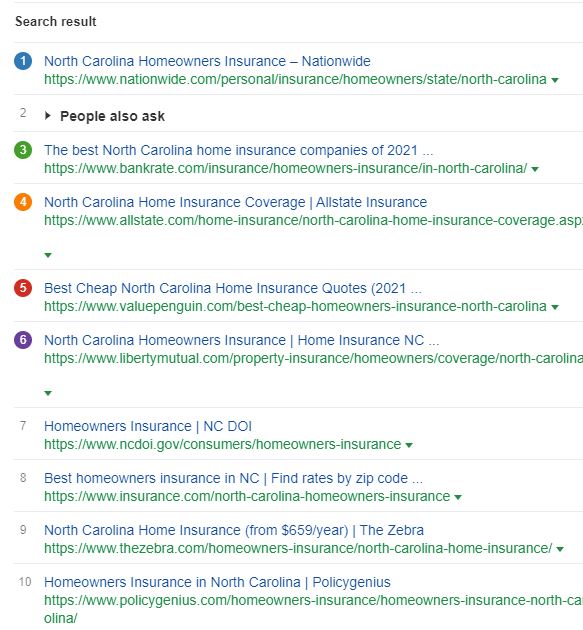
Employers consider health insurance an essential part of their compensation. The cost of these benefits has risen steadily over the past decade. These factors include rising deductibles and prescription drug costs, as well as the increasing cost of health system pricing. These trends are driving the increase in premiums and depressing wage growth. Many employers are frustrated at the increasing costs and administrative burdens. Some are looking for alternatives to the wage.
Employers are increasingly using wellness programs through wearable technology. One survey found that one-fifth of employers collect data from employees' devices. Although the main driver of the market for health insurance is price increases, employers are now looking at other payment options to keep their employees healthy.
According to the Congressional Budget Office the number of Americans who will continue to receive health care through their employer-sponsored plans will be the same 159 millions in ten years. It means that tax-preferential health insurance will not change. In 2019, however, the cost for single coverage will exceed 9.86 percent of household income.

Premiums can be defined as the total cost of insurance. In the United States, about a quarter of workers have a deductible of at least $2,000. In the US, around 25% of workers have a minimum $2,000. Self-insured plans save money when claims are low. However, if the claim exceeds expectations, the employer may have to pay more.
The age mix of employees determines the rates for small groups. For example, in Massachusetts, workers under age 25 pay an average of $1186 per year, while those over the age of 25 pay about $6,896.
Larger employers are able to control the plan coverage. Large employers often offer biometric screenings to employees. They offer a health and wellness program to encourage employees to see lower-cost doctors. Employers in the public sector have the option to customize their health care plans to suit their individual needs.
The Affordable Care act will allow employers with 51 to 100 employees to enter a merged insurance market for 2016. These employers will pay premiums that can go up to 9 %. State governments are also required to set a rate annually. Every year, those who don’t offer affordable plans will be subject to a $3480 penalty.

Small employers are required to contribute additional funds to subsidize workers' health insurance in order to comply the ACA. For example, in Massachusetts, employers are expected to contribute $50 per employee per year.
Despite these requirements and the decline in employers offering insurance, it is not surprising that there are fewer of them. After a decade-long period of rapid increases in benefits costs, many small businesses are becoming frustrated at the uncontrollable high cost. These rates of health insurance aren't increasing for most employers but some are still struggling with employees to keep them.
The unemployment rate is low and this means that it is becoming more difficult to retain employees. This is a problem for employers. Employers who don't provide health insurance for their employees will be subject to a $2,320 penalty per employee. There are also thousands of dollars in fines for failing to comply with COBRA, a law that requires employers to provide continuing health care for employees.